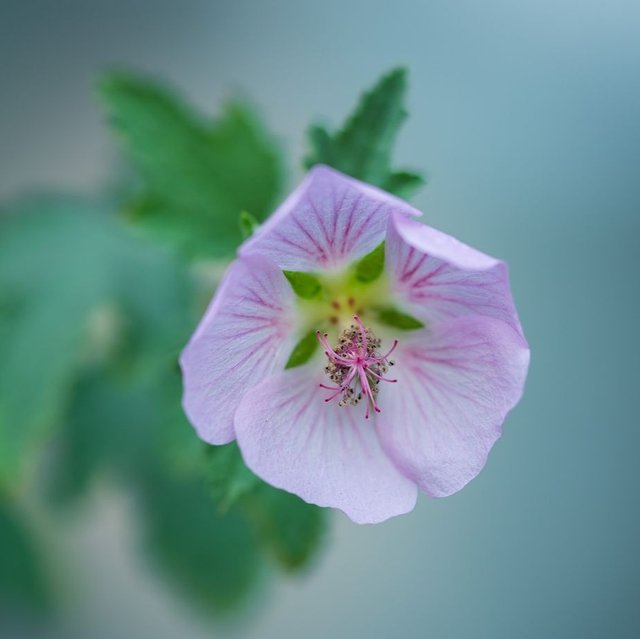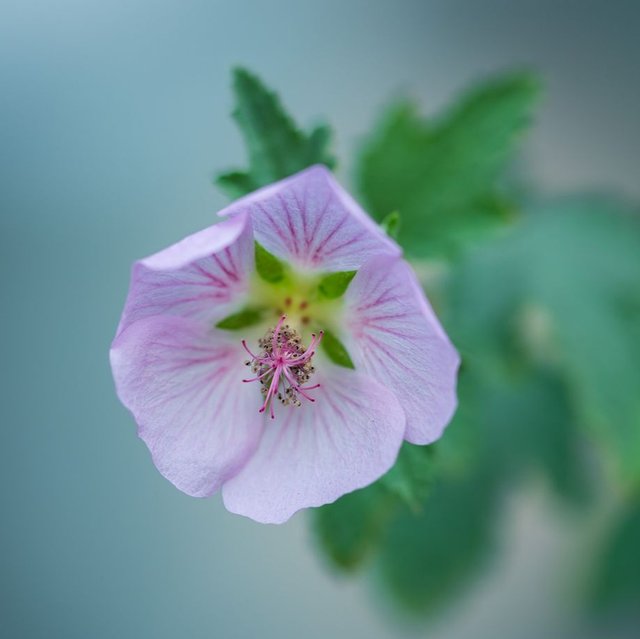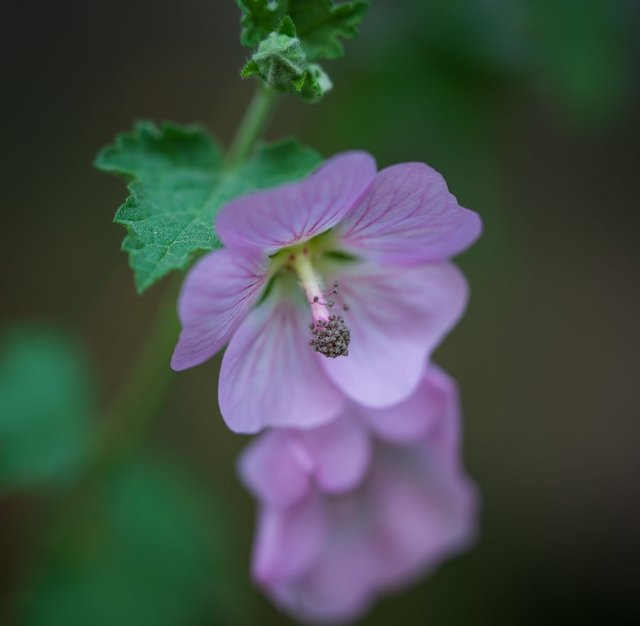Beautiful Anisodontea Flower
Anisodontea: A Comprehensive Guide to a Vibrant Genus
Anisodontea is a captivating genus of flowering plants belonging to the family Malvaceae, the mallow family. This genus, which comprises around 22 species, is native to southern Africa, particularly South Africa, where it thrives in diverse habitats ranging from coastal areas to mountainous regions. Known for their resilience, ease of cultivation, and stunning floral displays, Anisodontea species are popular among gardeners and horticulturists alike. In this comprehensive guide, we will explore the characteristics, cultivation, and uses of Anisodontea, shedding light on why these plants are cherished by plant enthusiasts.
Characteristics of Anisodontea
Anisodontea plants are generally small shrubs or subshrubs that can grow up to 2 meters in height. They are evergreen or semi-evergreen, depending on the climate, and have a bushy, compact growth habit. The leaves are usually simple, ovate to lanceolate, and have serrated margins. One of the distinguishing features of Anisodontea is its beautiful flowers, which resemble those of the hibiscus, a close relative within the Malvaceae family.
Flowers and Blooming
The flowers of Anisodontea are typically small, with a diameter ranging from 2 to 4 centimeters, and they come in a spectrum of colors including pink, magenta, purple, and occasionally white. The five-petaled flowers often have a darker center, adding to their visual appeal. Blooming occurs almost year-round in favorable climates, with peak flowering in the spring and summer months. The flowers are not only attractive but also serve as a nectar source for pollinators such as bees and butterflies.
Habitat and Distribution
Anisodontea species are well-adapted to the diverse climatic conditions of southern Africa. They can be found in a variety of habitats, from the arid regions of the Karoo to the more temperate coastal areas and mountainous regions of the Cape. Their ability to thrive in different soil types, including sandy and rocky soils, makes them versatile and resilient plants.



Thanks For Reading
Device Information
| Device | cannon eos 600D |
|---|---|
| Lens | 55-250 zoom leans |
| Location | Myanmar |
